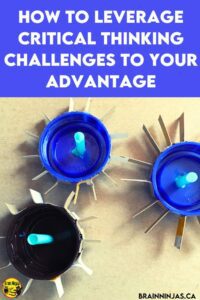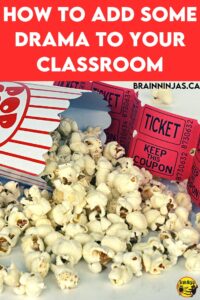
When you want to do research in your school library do you often find your school just can’t afford the resources (or even the librarian) you need? This is why so often we take our students online to do research. In doing this, we often teach students that libraries are not a valuable resource because nothing could be further from the truth. Help your students build research skills by taking them back to the library and showing them the value.
[Read more…] about How to Teach Research Skills in the Library









